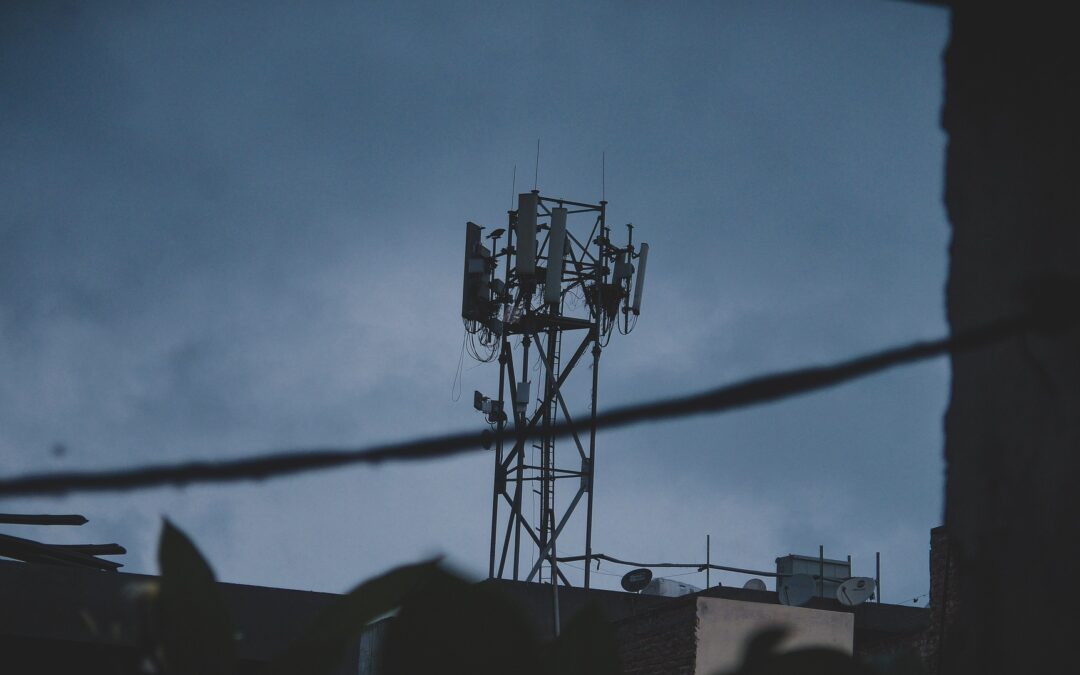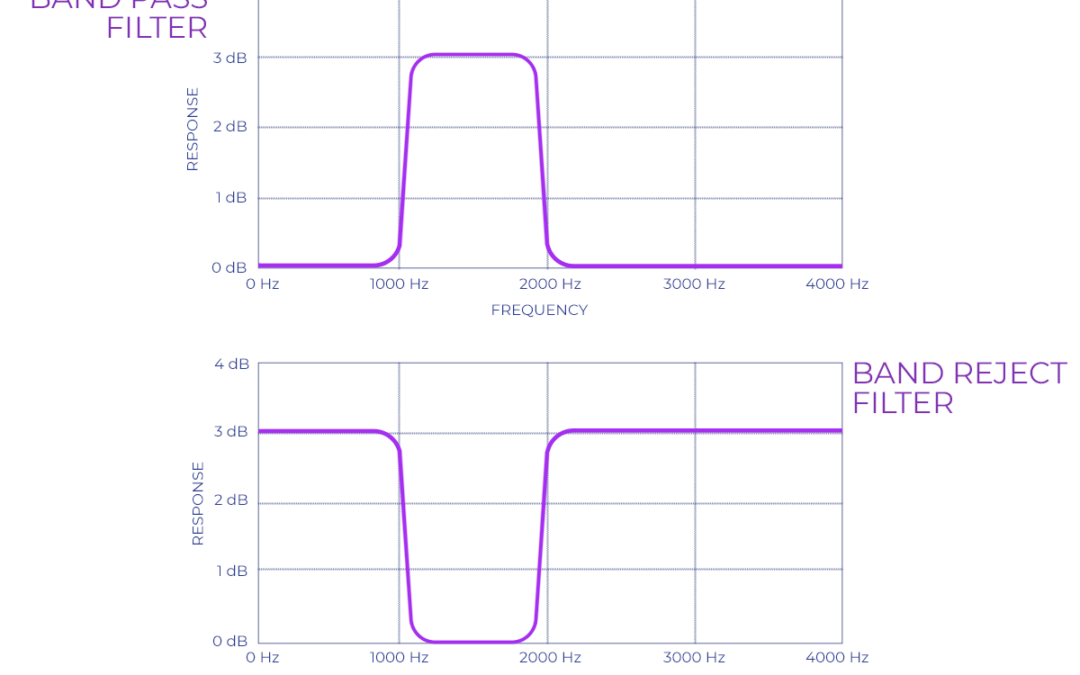Living Legends: James West and Jesse Russell
February 2024Every February, JEM Engineering honors the the African American Engineers who have made lasting contributions in STEM. This year, we’re excited to spotlight two living legends: James Edward West and Jesse Eugene Russell.
Born on February 10, 1931, James Edward West is a distinguished American inventor and electrical engineer. His innovative work has had a profound impact on audio technology and communication systems.
West earned his Bachelor of Science degree in Physics from Temple University and later obtained a Master of Science degree in Physics from the same institution.
In the 1960s, while working at Bell Laboratories, West, along with his colleague Gerhard Sessler, developed the electret microphone.

The invention of the electret microphone became a cornerstone in the field of audio engineering, providing a more compact and reliable microphone technology. Over the course of his career, James West has received numerous awards and honors for his achievements.
To this day, West remains a strong advocate for diversity in science and engineering and has been actively involved in mentoring aspiring scientists. West’s contributions have left an indelible mark on the world of technology, making him a respected figure in the realms of acoustics and electrical engineering.

Born on April 26, 1948, Jesse Eugene Russell is an accomplished American inventor and electrical engineer. He is renowned for his groundbreaking contributions to the field of wireless communication.
Russell earned his Bachelor of Science degree in Electrical Engineering from Tennessee State University and later received a Master of Science degree in Electrical Engineering from Stanford University.
In the 1980s, Jesse Russell played a pivotal role in the development of digital cellular communication technology.
If not for James Edward West and Jesse Eugene Russell, we wouldn’t have the microphones and cellphones we have today!

Latest Posts

Blade Antennas & Their Advantages
In a previous post, we introduced blade antennas in relation to flight qualified antennas. In this post, we elaborate on what blade antennas are, as well as their advantages.

Industry Spotlight: Concealed Antennas
In this blog post, we will explore what concealed antennas are, how they work, and some of their benefits.

An Introduction to Radar Antennas
Radar systems have a wide range of applications, including weather forecasting, traffic control, navigation, automotive systems, and aviation. In military and defense operations, a radar system can be used to detect, track, and identify objects in the air, on land, and at sea.

Honoring African Americans in STEM
February 1 marks the beginning of Black History Month. This year, we celebrate Dr. George Robert Carruthers and Annie Easely.

How Do Seasonal Changes Affect Antenna Performance?
Winter is officially in season! With its onset comes harsher weather conditions and colder temperatures. In this post, we explore how the changing seasons affect antenna performance.

The Role of Antennas in ISR
ISR stands for “intelligence, surveillance and reconnaissance.”
Intelligence is a broad term that refers to information gathering. Surveillance refers to closely observing a target itself, while reconnaissance mostly refers to a preliminary survey of an area to gain information.

Introduction to RF Filters
Home » Media Center » Blog » Introduction to RF FiltersA radiofrequency filter is a component that...
